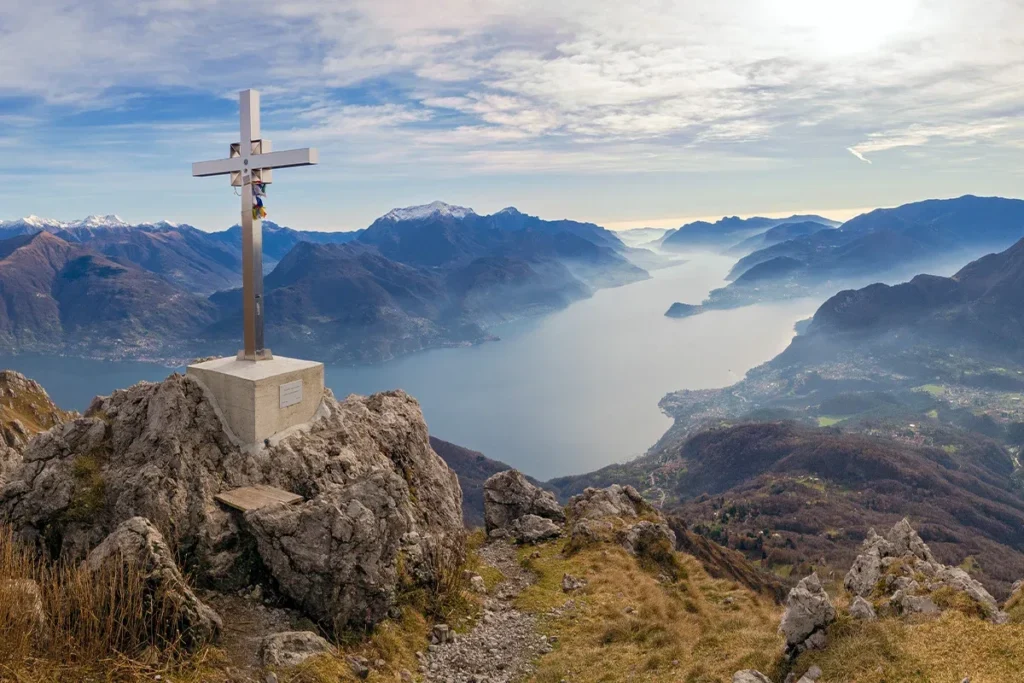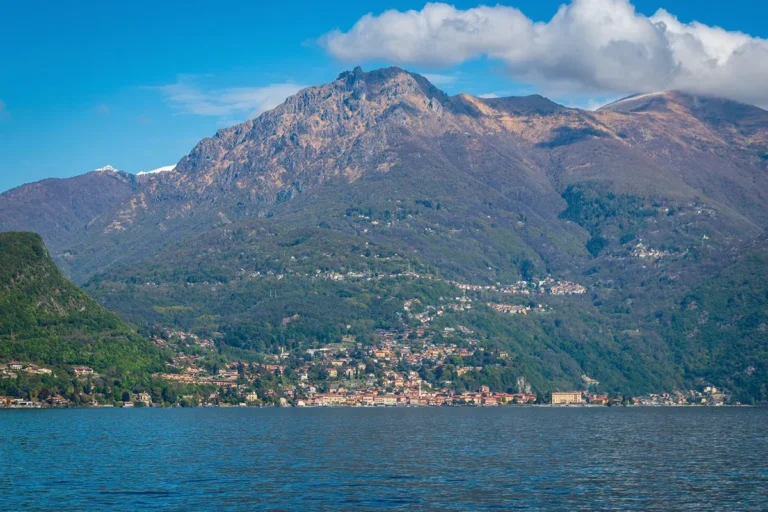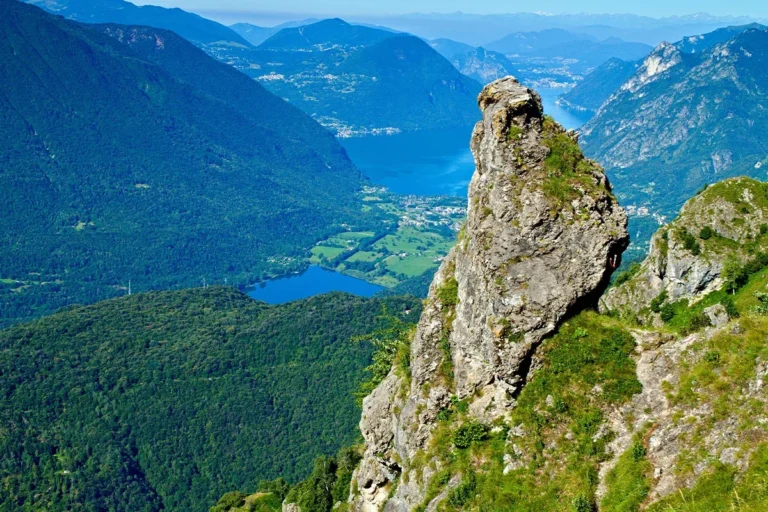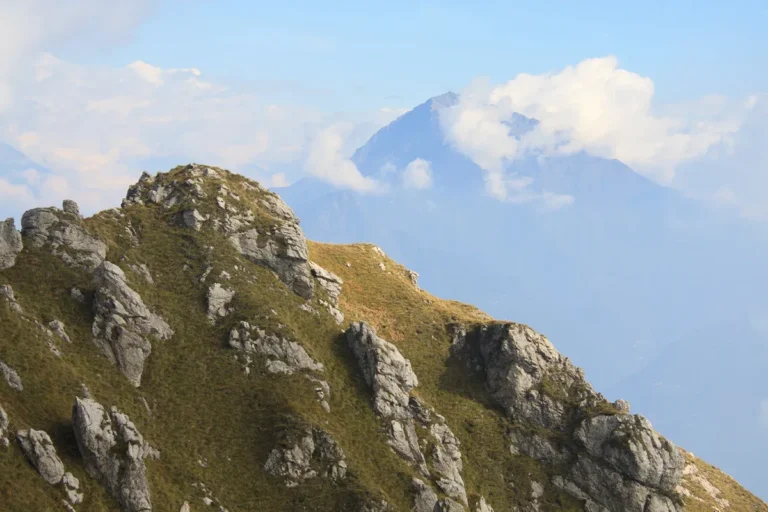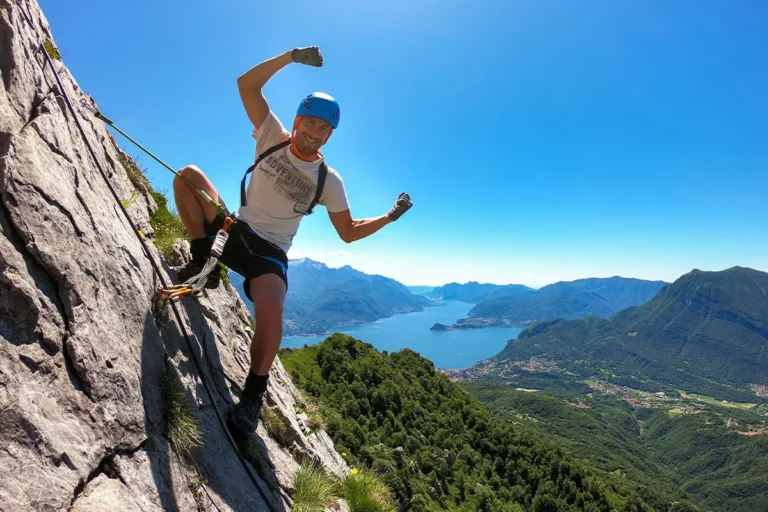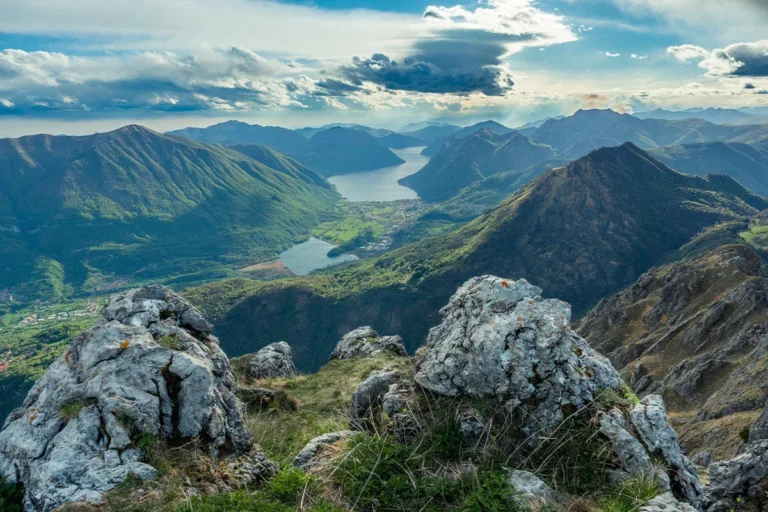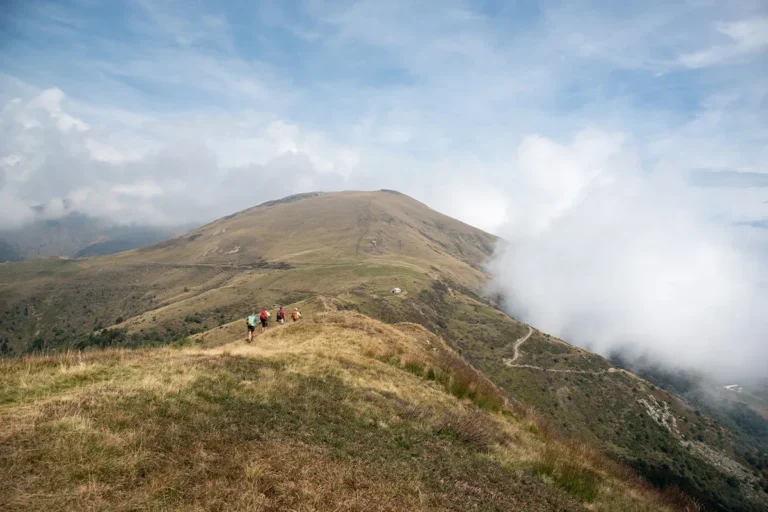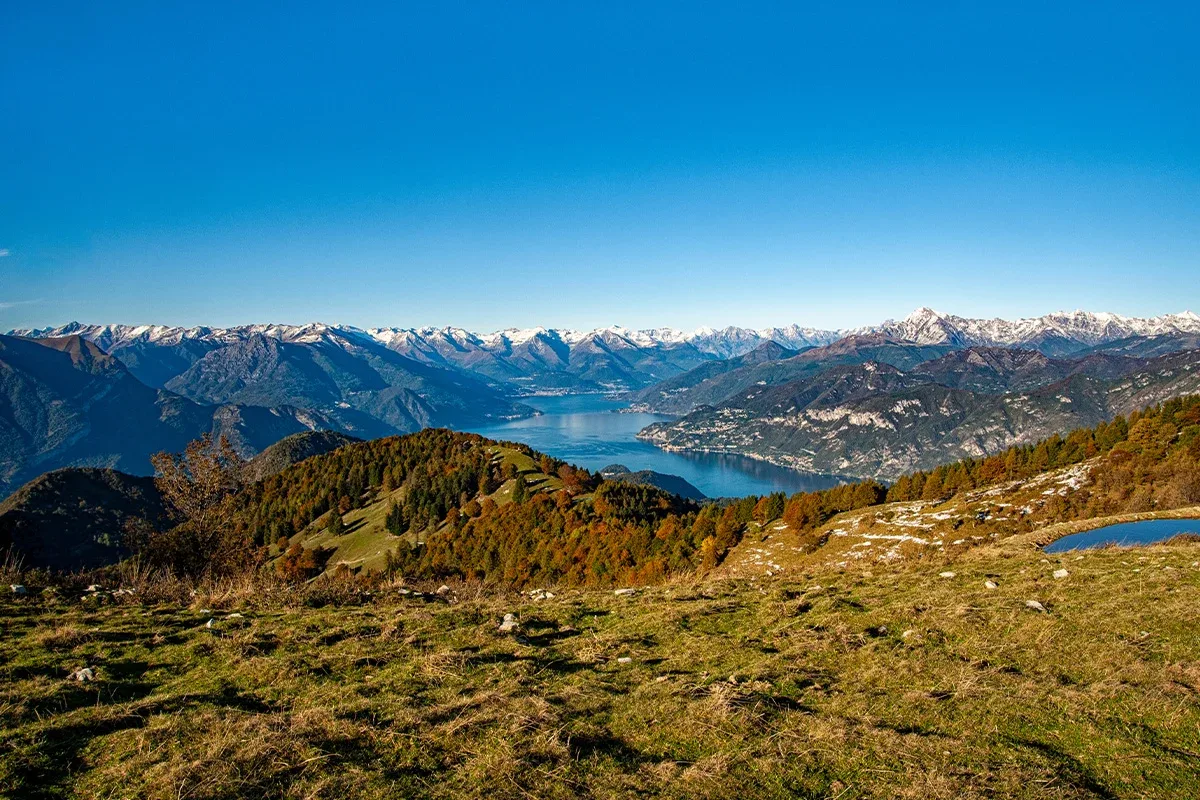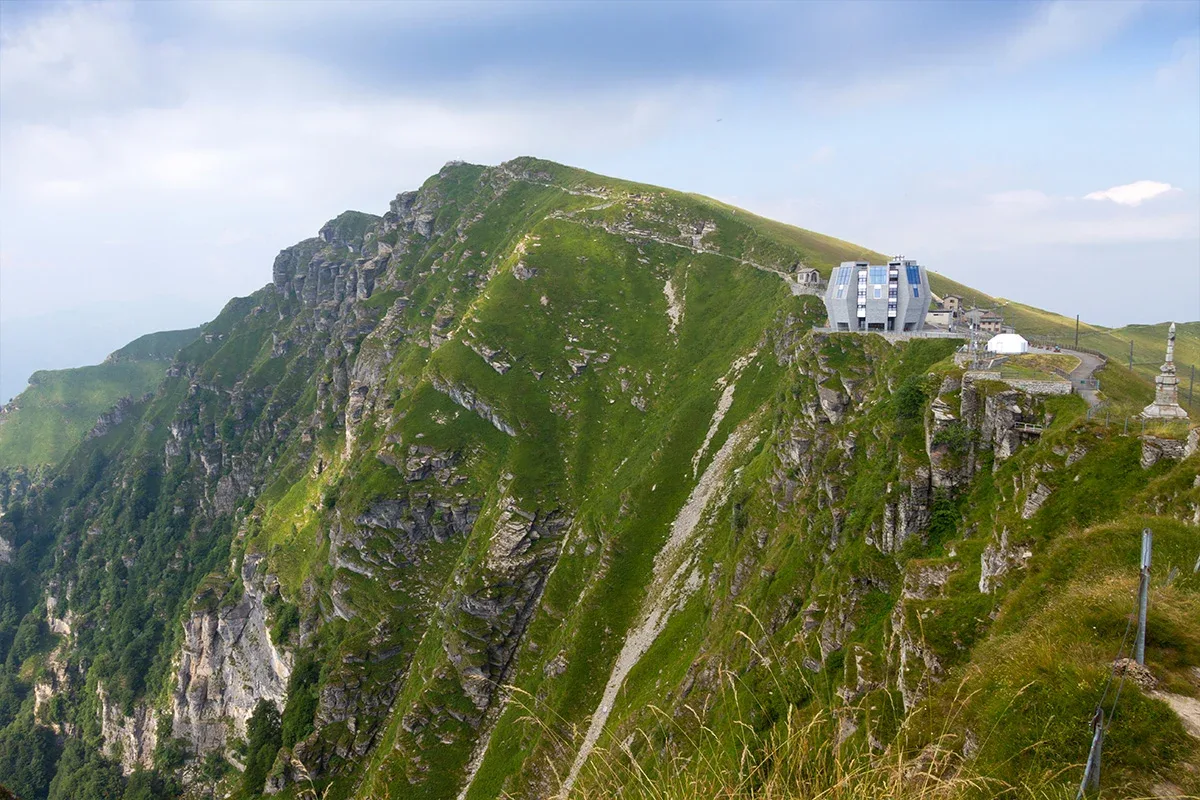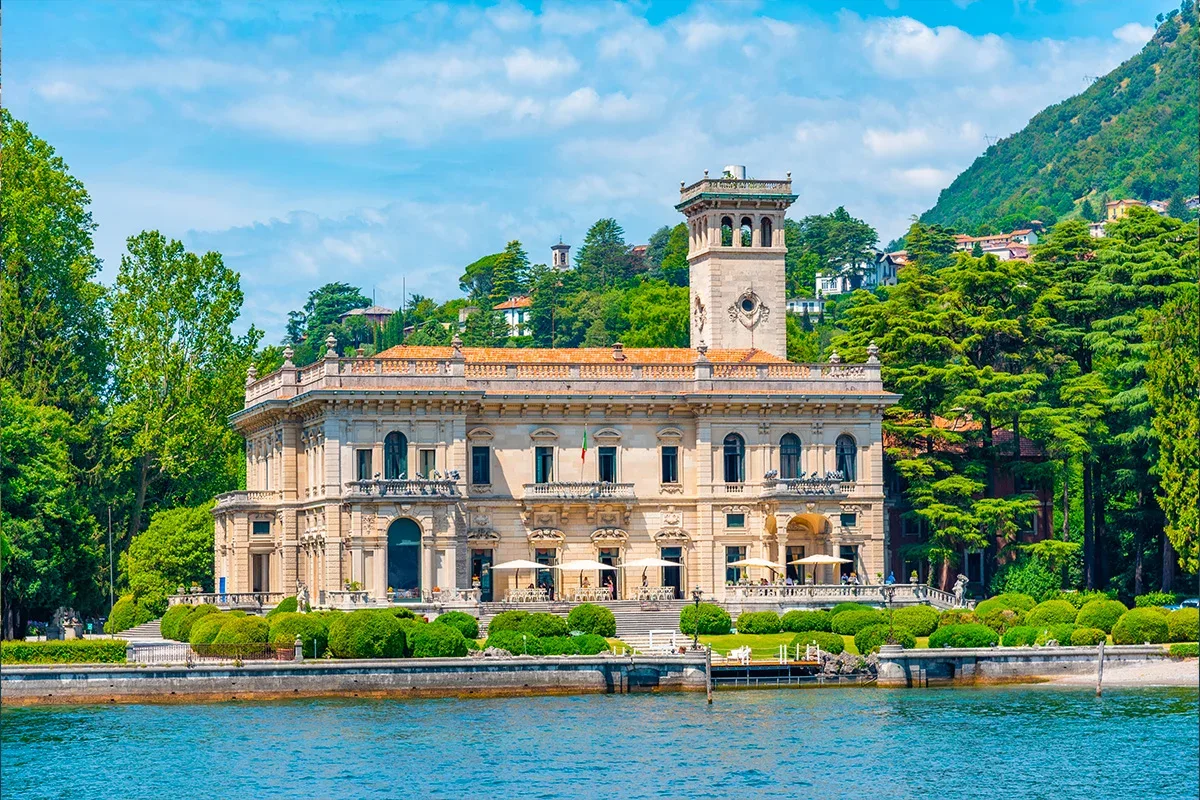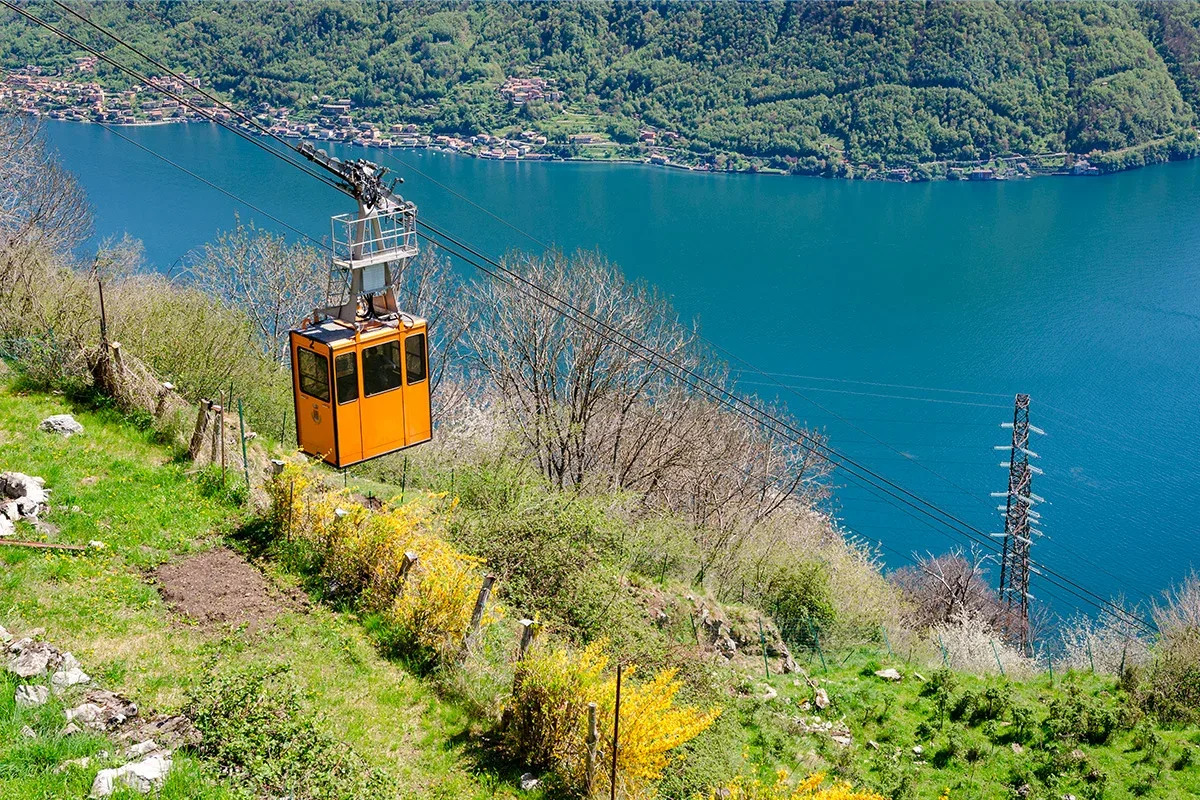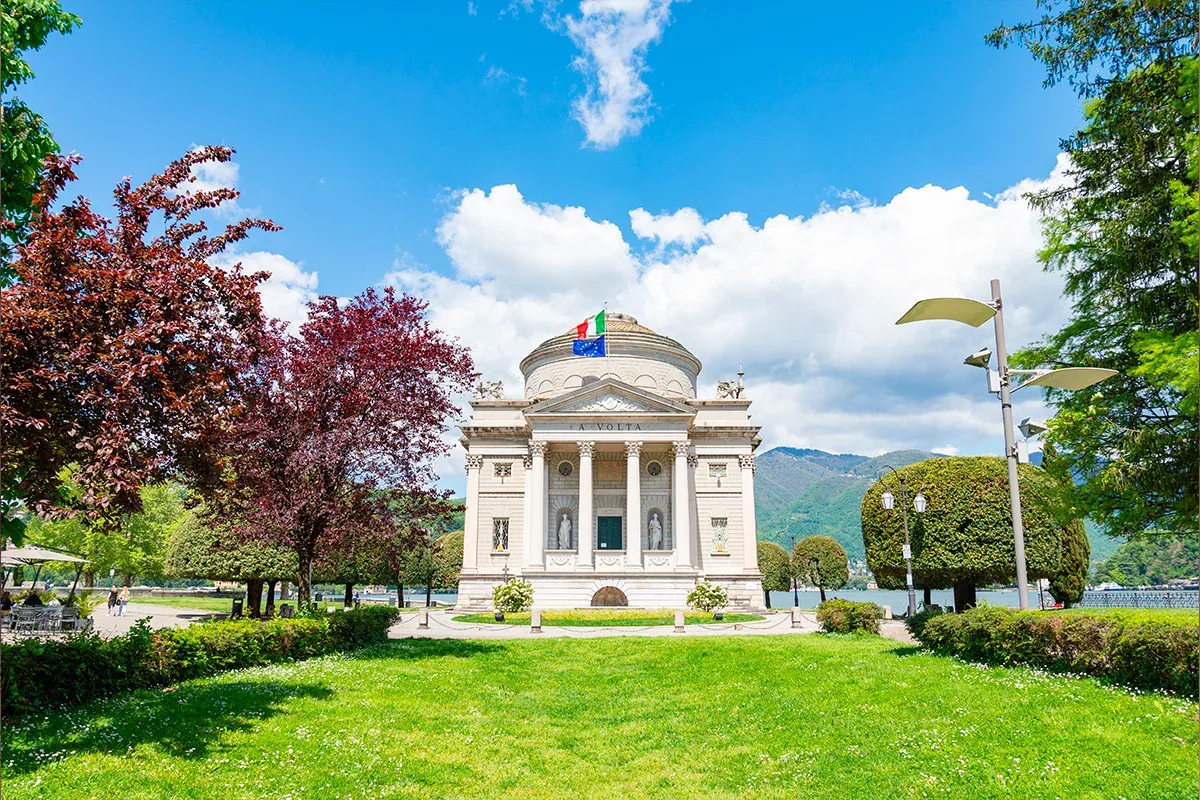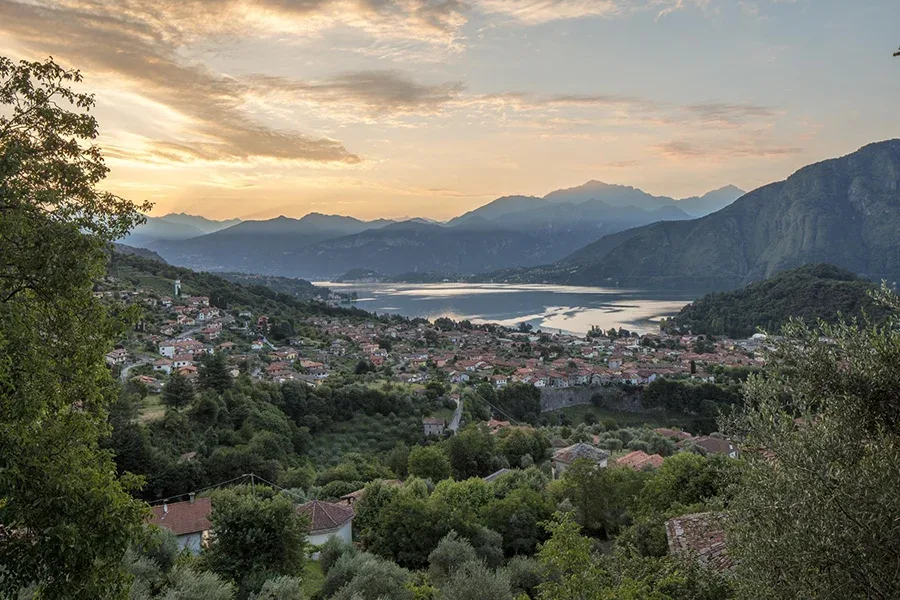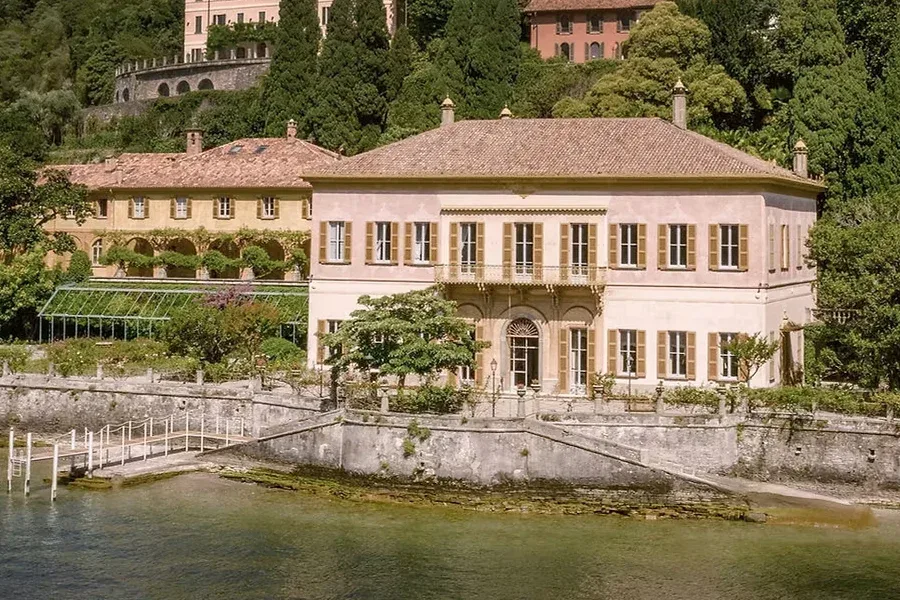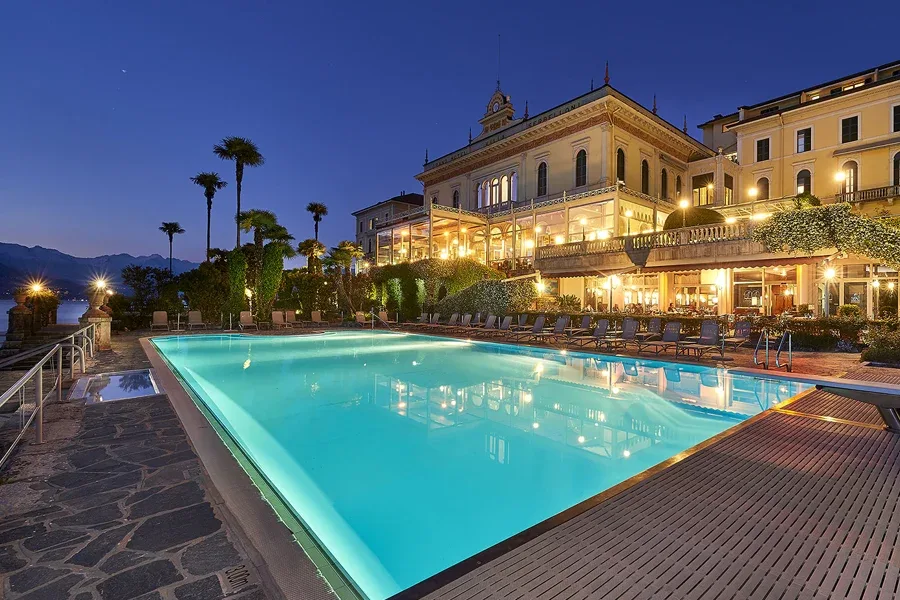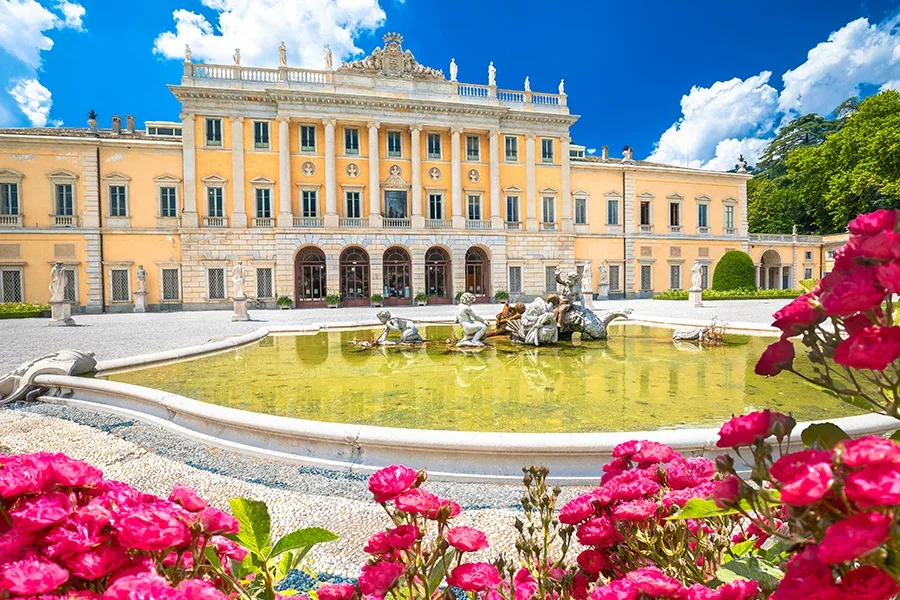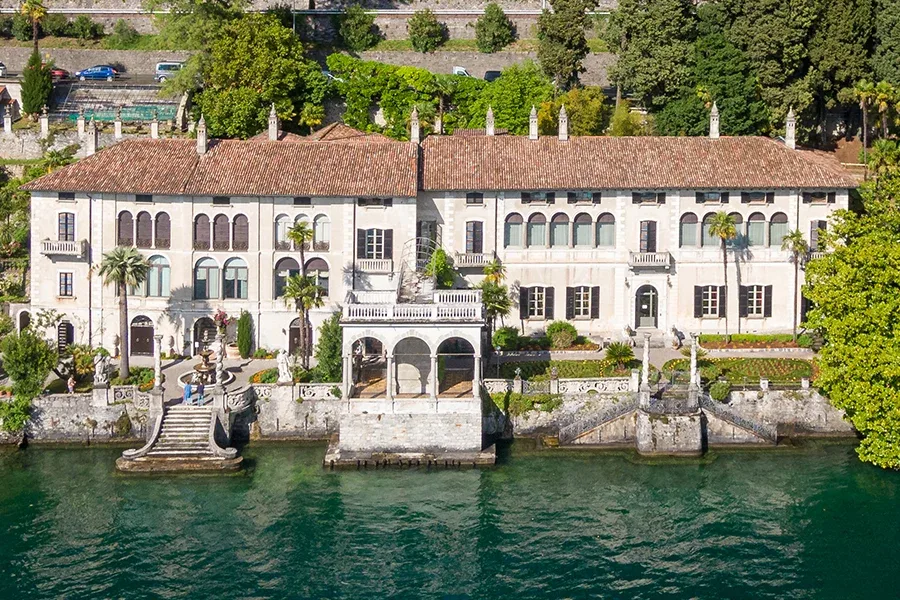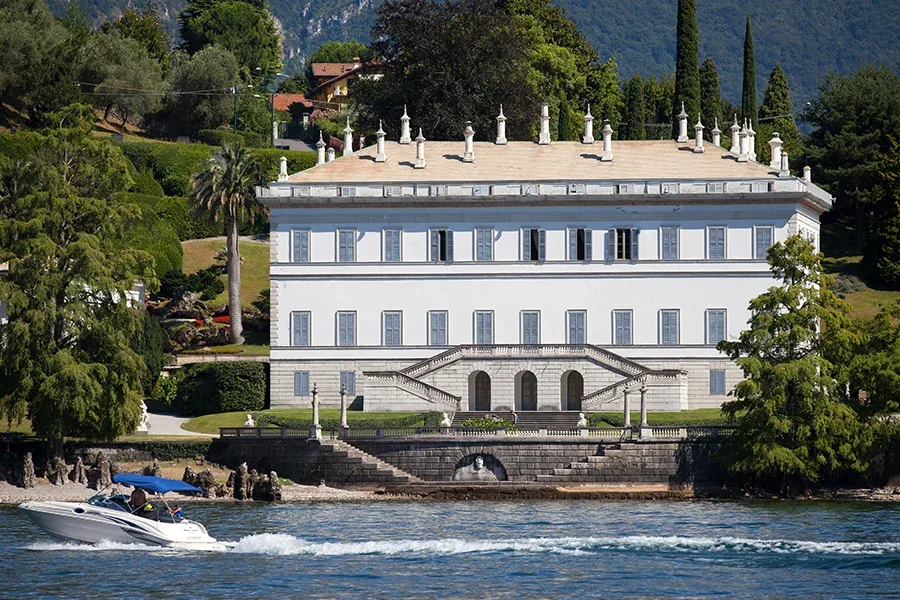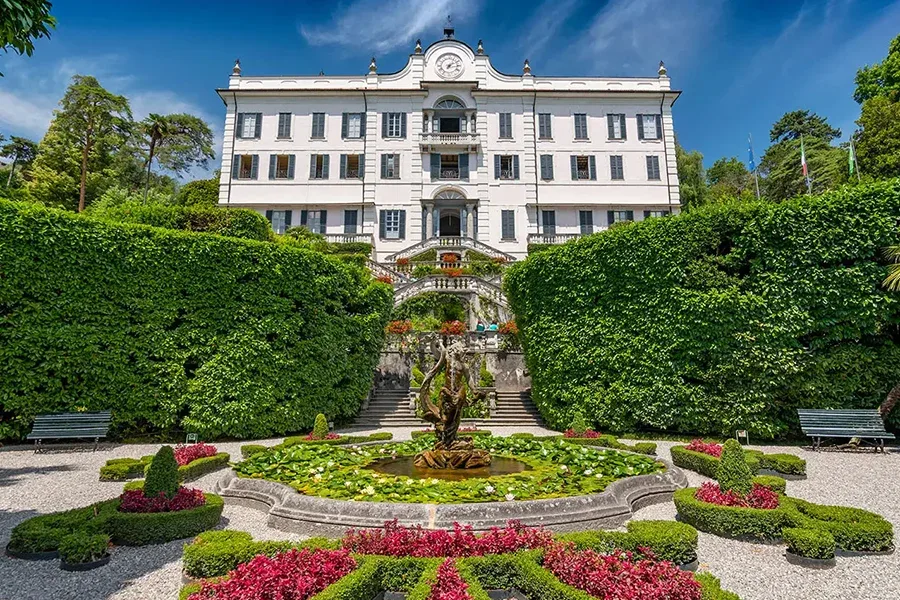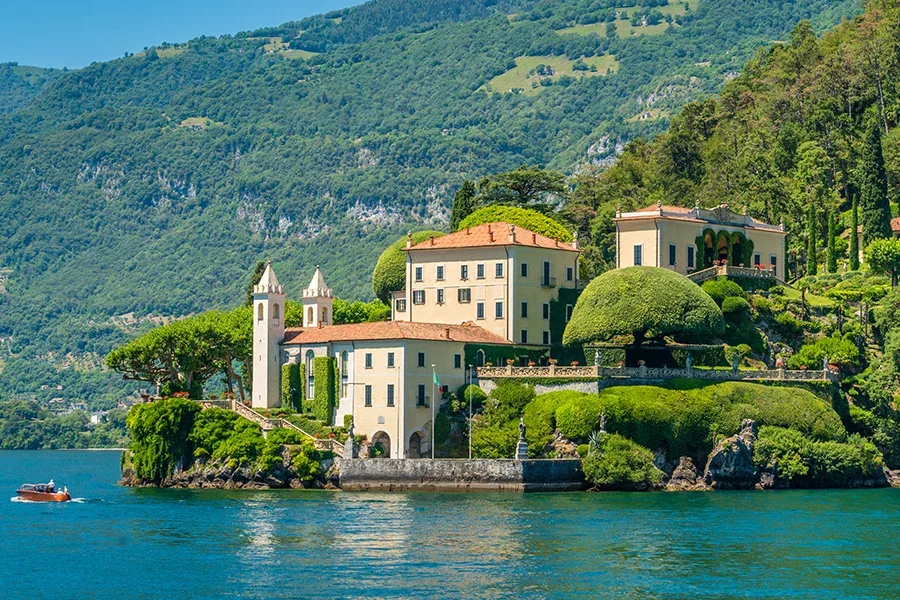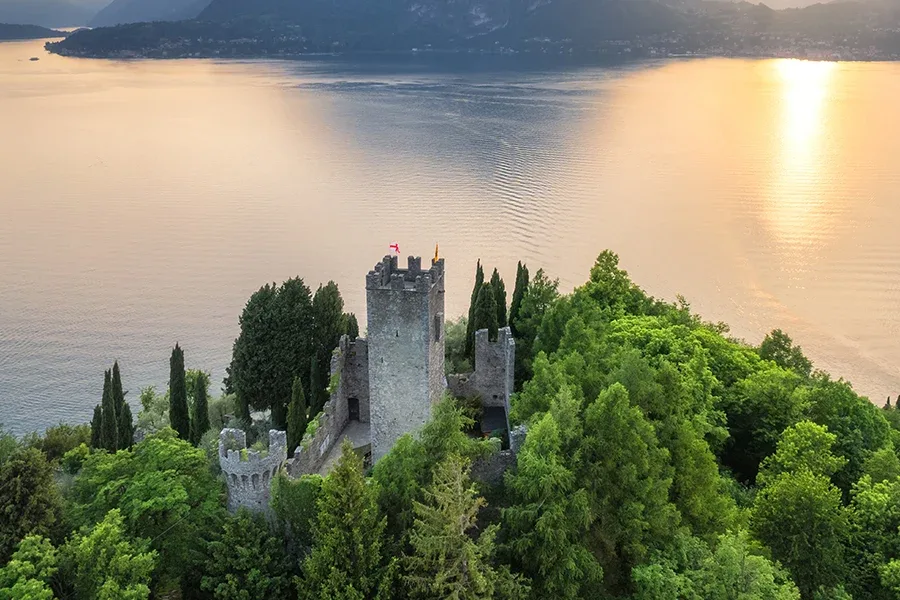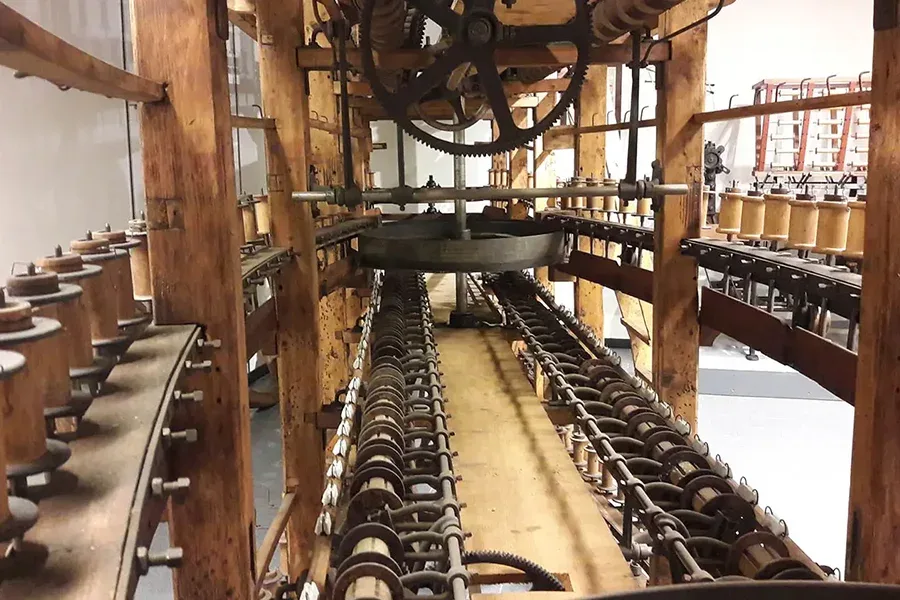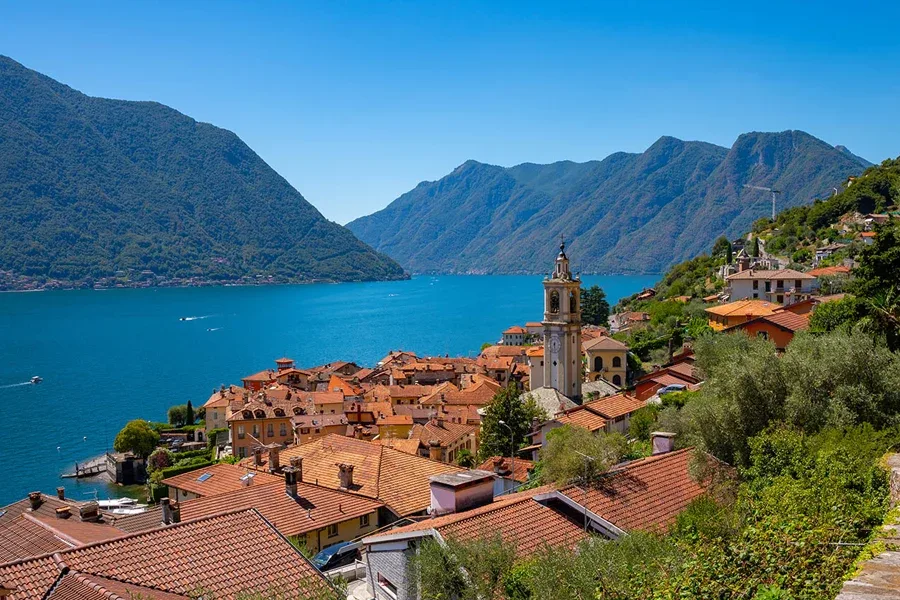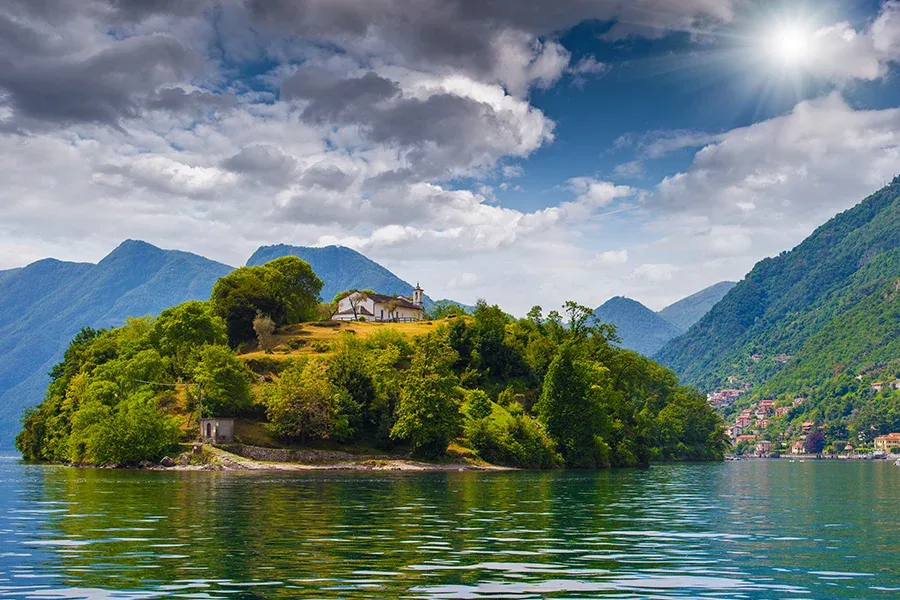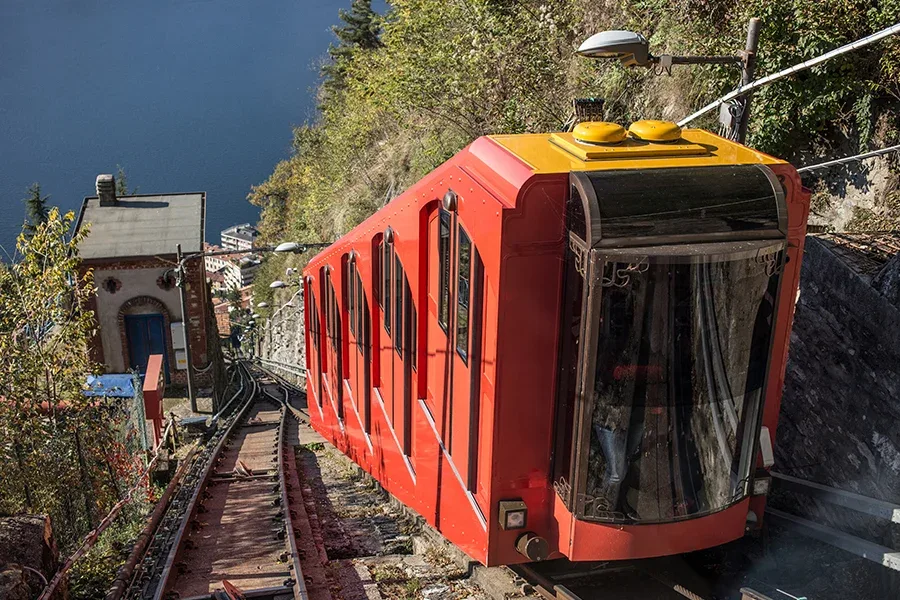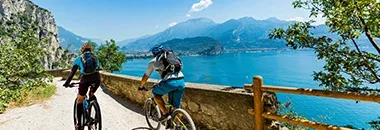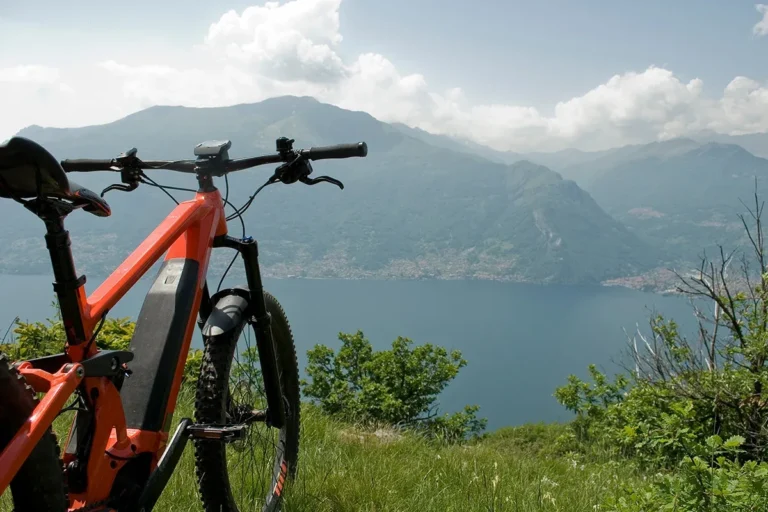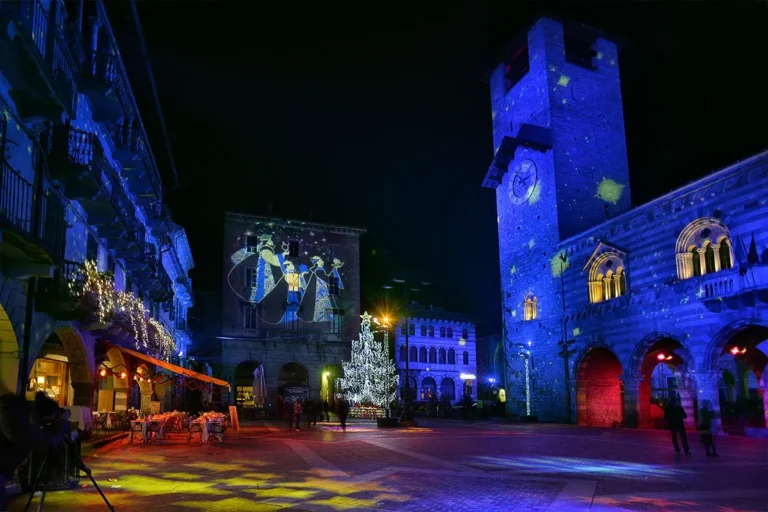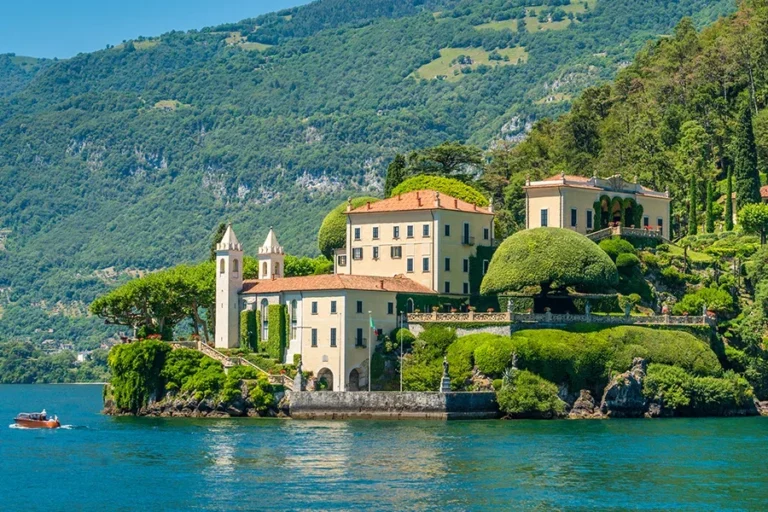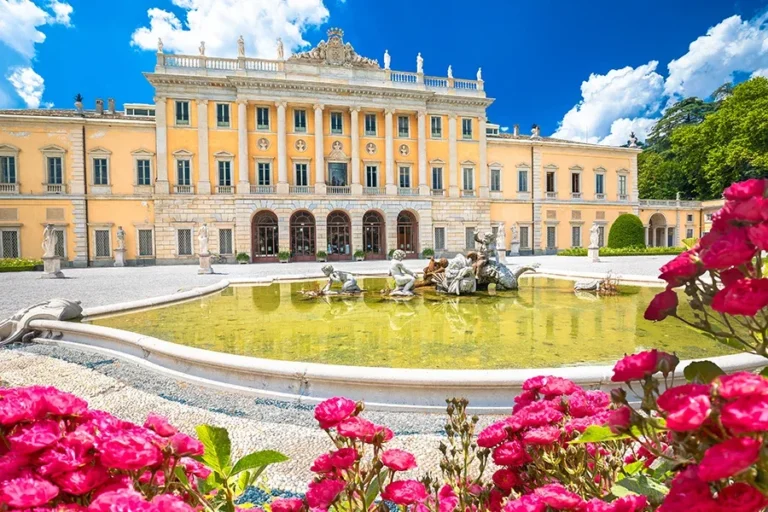Monte Grona sits pretty much smack-dab between Lake Como and Lake Lugano, which, as you might guess, means it’s in a prime spot for some serious scenery. It’s part of the Lugano Prealps, a mountain range that offers a slightly less crowded and more rugged experience than some of the bigger, more touristy areas.
Getting to the top of Monte Grona involves a bit of a hike, but it’s not an Everest-level expedition. There are a few different trails, with varying levels of difficulty, so you can pick one that suits you.
From the summit of Monte Grona, you get this absolutely bonkers panorama. You’re looking out over not one, but two gorgeous lakes – Como and Lugano – plus a whole bunch of impressive peaks in the Swiss and Italian Alps.
Monte Grona Description
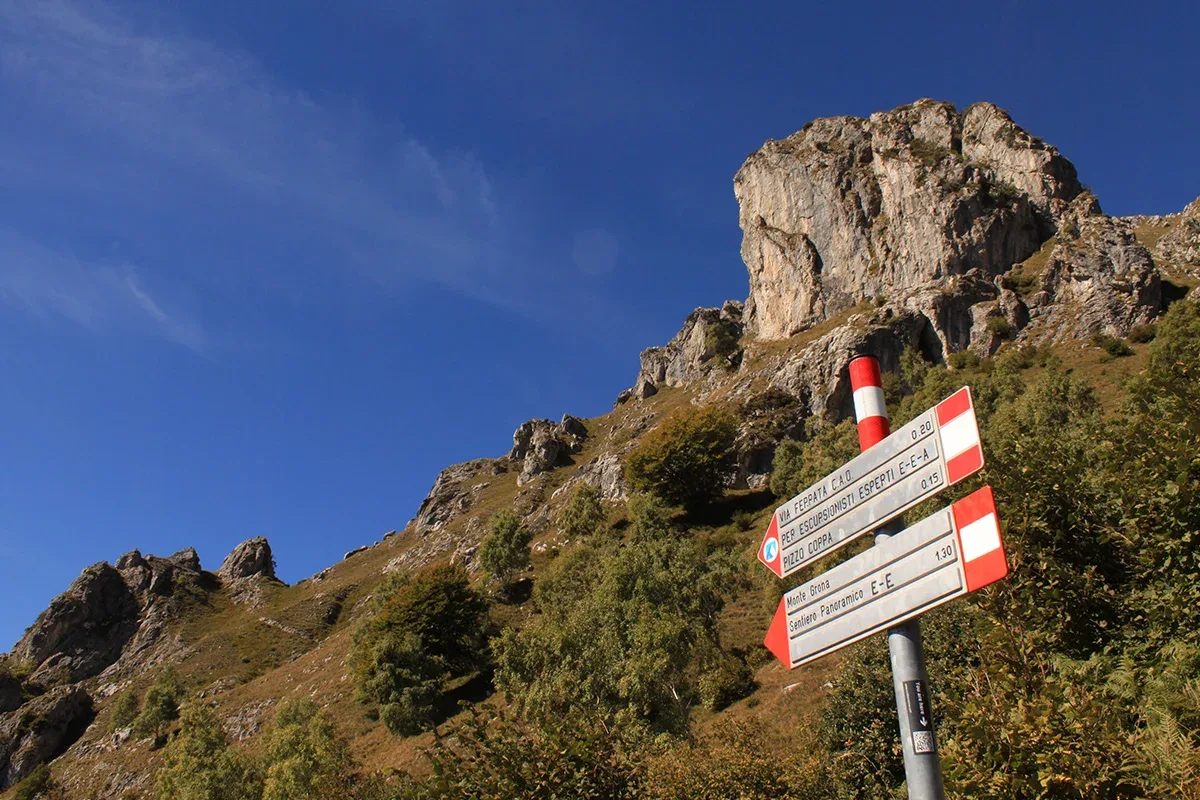
It’s not one of those towering giants that scrape the sky, but its strategic location gives it a serious advantage: the views. Oh, the views! From the top, you get a proper panorama. Getting to the top isn’t a technical climb; it’s more of a hike. Most people start from Breglia, a small village (near Menaggio) that’s already at a decent altitude, which is a bonus.
From there, it’s a well-marked path, winding through woods and open meadows. A popular stop along the way (and a good place to refuel) is Rifugio Menaggio. It’s a mountain hut, basically a place where hikers can rest, grab some food and drinks, and even stay overnight if they’re doing a longer trek.
What to Expect on Monte Grona
What makes Monte Grona special, in my opinion, isn’t just the view from the top. It’s the whole experience: the walk through varied scenery, the anticipation as you climb higher, the sense of accomplishment when you reach the summit, and the shared experience with other hikers.
The Views
Now, let’s talk about what you’re actually seeing up there because “nice view” just doesn’t cut it. It’s more like a visual feast, a panorama that stretches as far as your eyes (and maybe a good pair of binoculars) can manage.
First off, you’re practically perched above Lake Como. You can trace the shoreline, spotting the towns dotting its edges like little jewels. You can pick out Bellagio, that famous spot where the lake forks, and see how the water branches off in different directions.
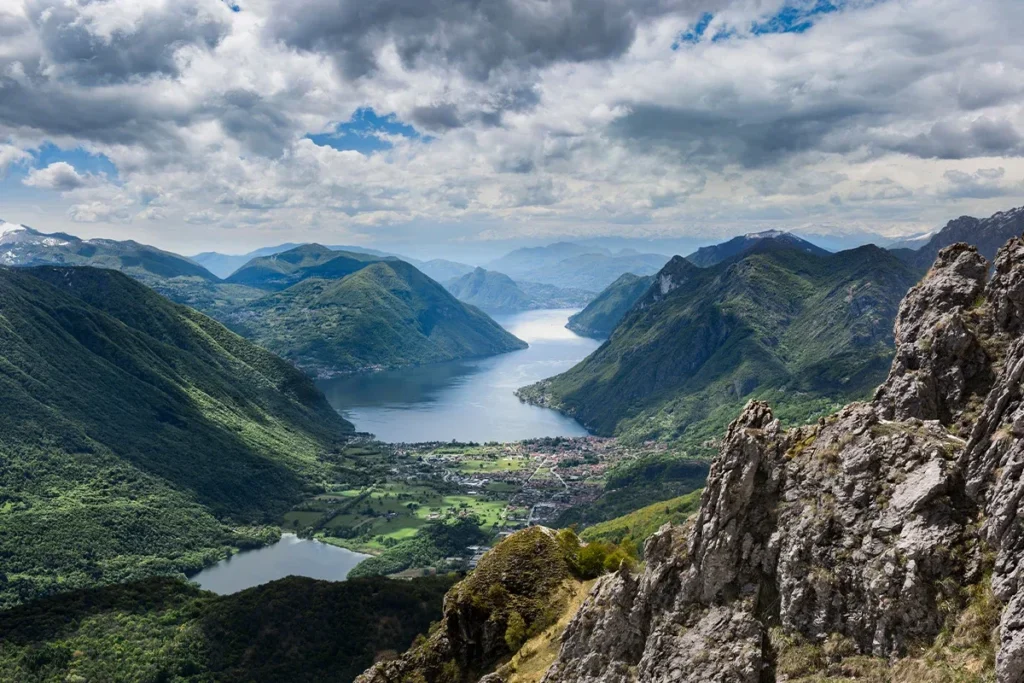
But it’s not just Lake Como you’re looking at. Oh no, there’s more. You’re also treated to views of Lake Lugano. Yes, two lakes for the price of one hike! And then there are the mountains. You can see peaks stretching off into the distance, some with jagged outlines, others with more rounded tops.
Rifugio Menaggio
Think of it as your mountain headquarters, your home away from home (but with way better views). First off, let’s get the location sorted. Rifugio Menaggio isn’t right at the very peak of Monte Grona, but it’s strategically placed on the slopes, making it the perfect starting point for your summit push.
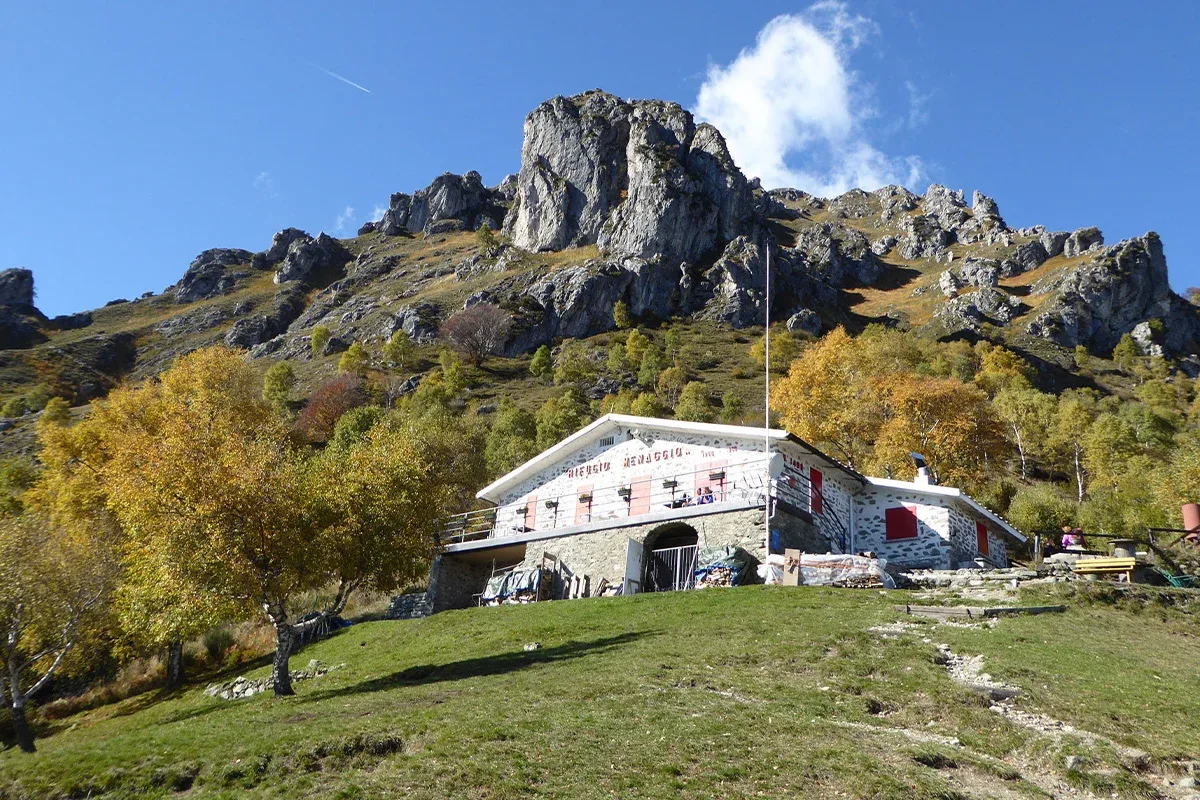
Getting to the Rifugio is part of the fun. From Breglia (which, by the way, has free parking – bonus!), it’s a pleasant hike. It’s not a super technical climb, but it’s still a mountain path, so wear proper footwear. I’ve seen people try it in flip-flops… don’t be that person. The hike to the Rifugio usually takes about an hour and a half to two hours
Now, what makes Rifugio Menaggio so special? Well, it’s a proper mountain hut, run by folks who clearly know what they’re doing. It’s not a fancy hotel, but it’s clean, comfortable, and has everything you need after a day on the trails.
The Trails
The Classic Route (to Rifugio Menaggio): this is probably the most popular option, and for good reason. It’s a well-marked trail that winds its way up through the woods. It’s not overly steep in most parts, making it a good choice for moderately fit hikers. It takes about 1.5-2 hours to reach Rifugio Menaggio from Breglia.
From Rifugio Menaggio to the Summit: once you’ve reached the refuge, the path to the actual summit of Monte Grona is pretty straightforward, but it does get a bit steeper and rockier. It’s about another 1-1.5 hours from the refuge to the top. There are some sections with exposed rock, so watch your footing, especially if it’s been raining.
Alternative Routes: there are other, less frequently used paths up Monte Grona, but they tend to be less well-marked and can be more challenging. Unless you’re a very experienced hiker with good navigation skills, I’d recommend sticking to the main route via Rifugio Menaggio.
➮ Suggested itinerary (official website)
The Cross and Rock formations
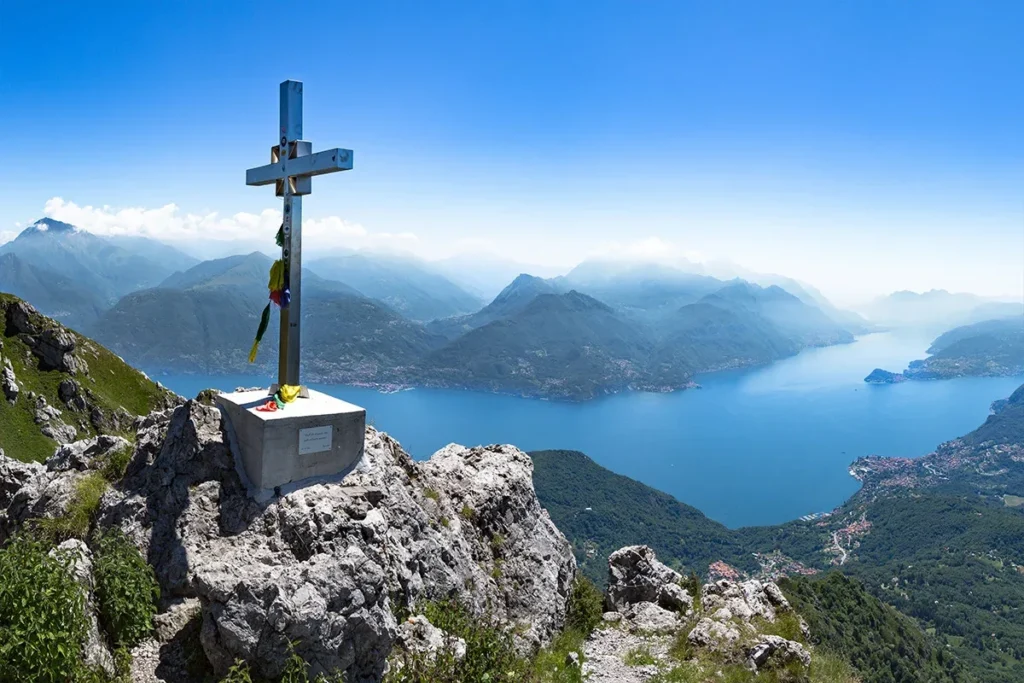
First off, the cross. It’s not some tiny, easily missed thing. It’s a proper summit cross, standing tall and proud against the skyline. I’ve seen my share of mountain crosses, and this one has a certain presence. It’s not overly ornate or anything; it’s more of a solid, dependable kind of cross, which I appreciate.
Now, let’s get to the rocks. Monte Grona isn’t just a smooth, grassy hill. It’s got some character, thanks to its rocky makeup. You’ll find various formations, some jagged, others smoother, creating a rugged and interesting landscape.
These rocks aren’t just random piles either; they tell a story of geological processes over millennia. They’ve been shaped by weather, ice, and time, resulting in the interesting shapes we see today. If you have a keen eye, you might even spot some interesting geological features or different rock types.
The History of Monte Grona
Monte Grona is part of the Lugano Prealps and these mountains are made up of primarily sedimentary rock, meaning they were formed over millions of years from layers of sediment piling up. This geological foundation is important because it’s what gives Monte Grona its distinctive shape and character.
Given its location overlooking Lake Como and Lake Lugano, it’s safe to say people have been traversing these slopes for a long time. Think shepherds moving their flocks, hunters tracking game, and maybe even the occasional Roman legionary taking a shortcut.
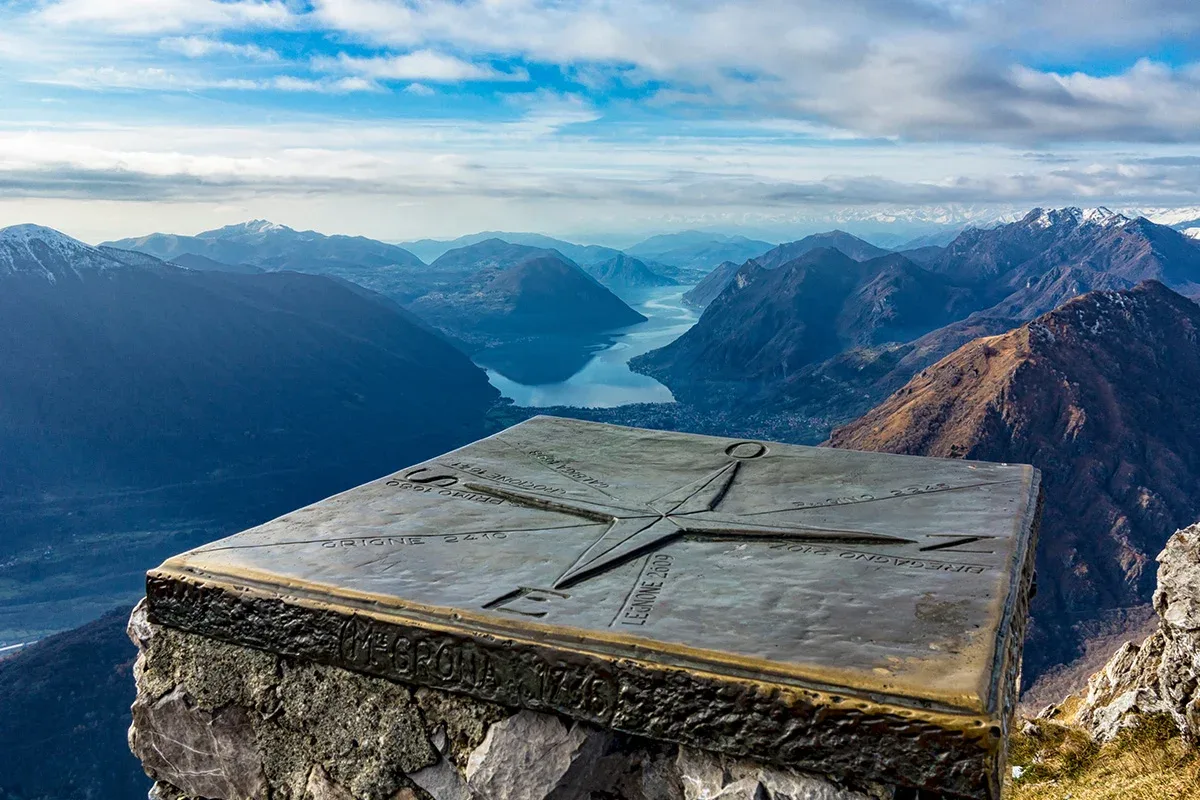
What we do know is that the area around Monte Grona has a long history of rural life. Farming, forestry, and pasturing were the mainstays for centuries. These activities shaped the landscape, creating the trails and clearings we see today.











